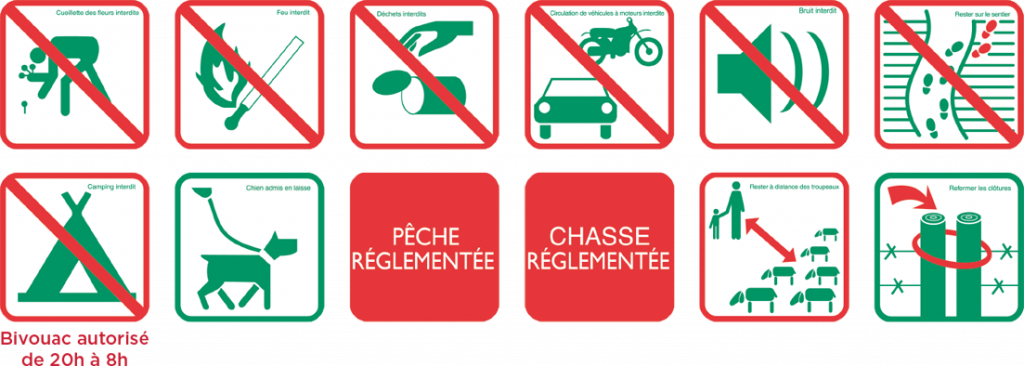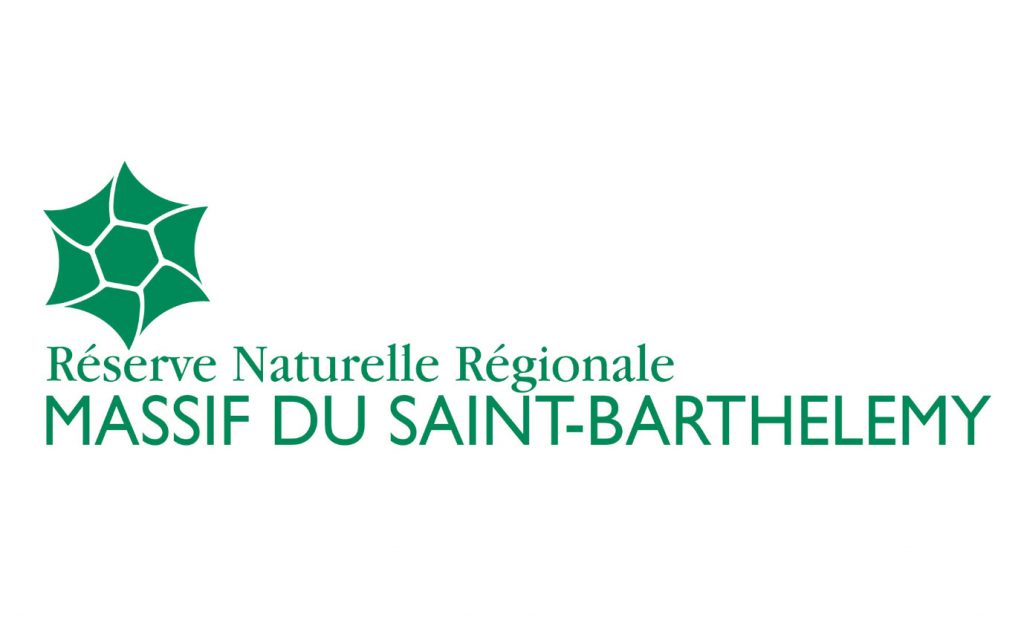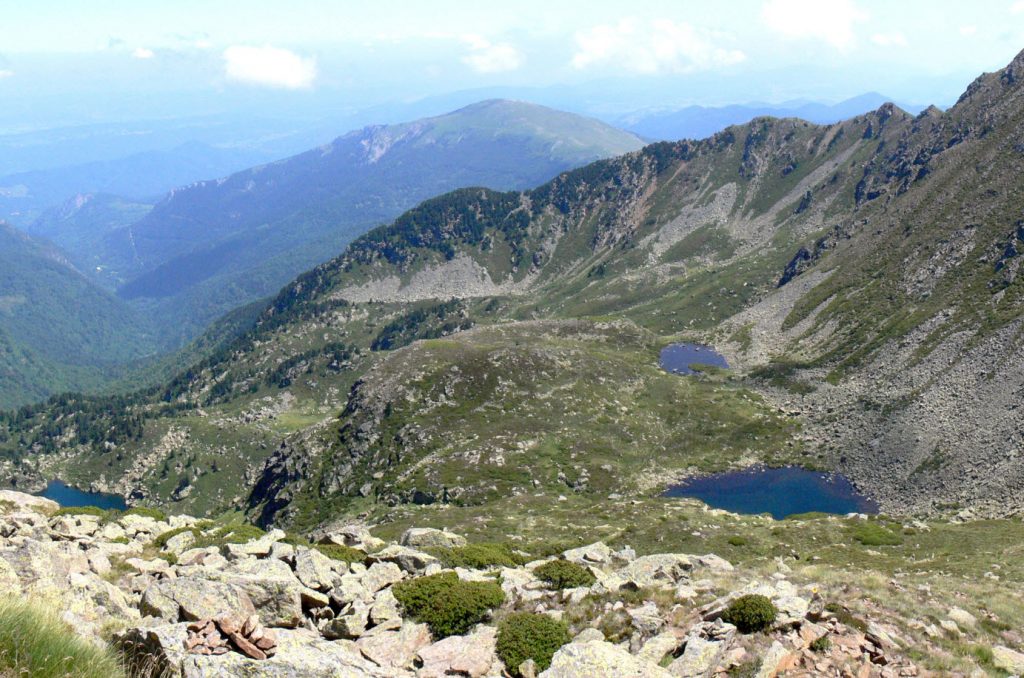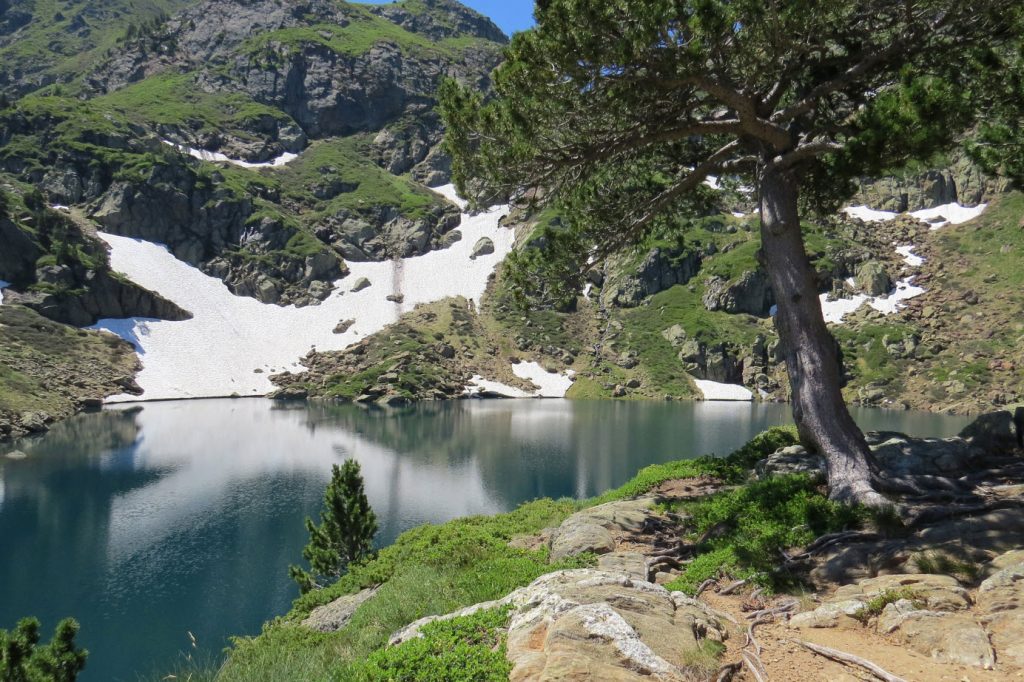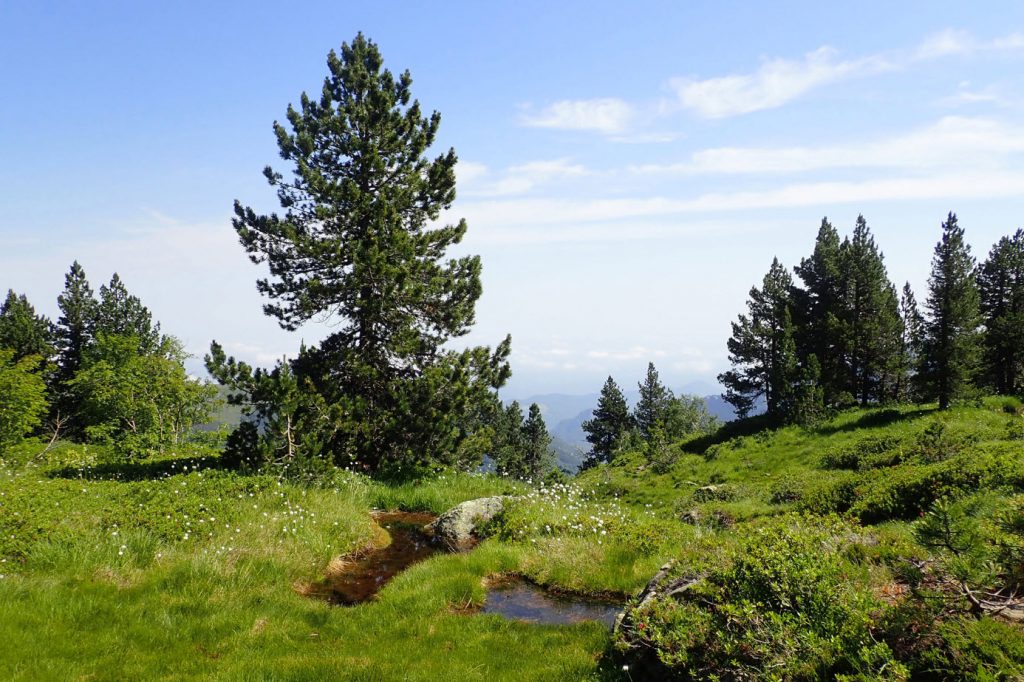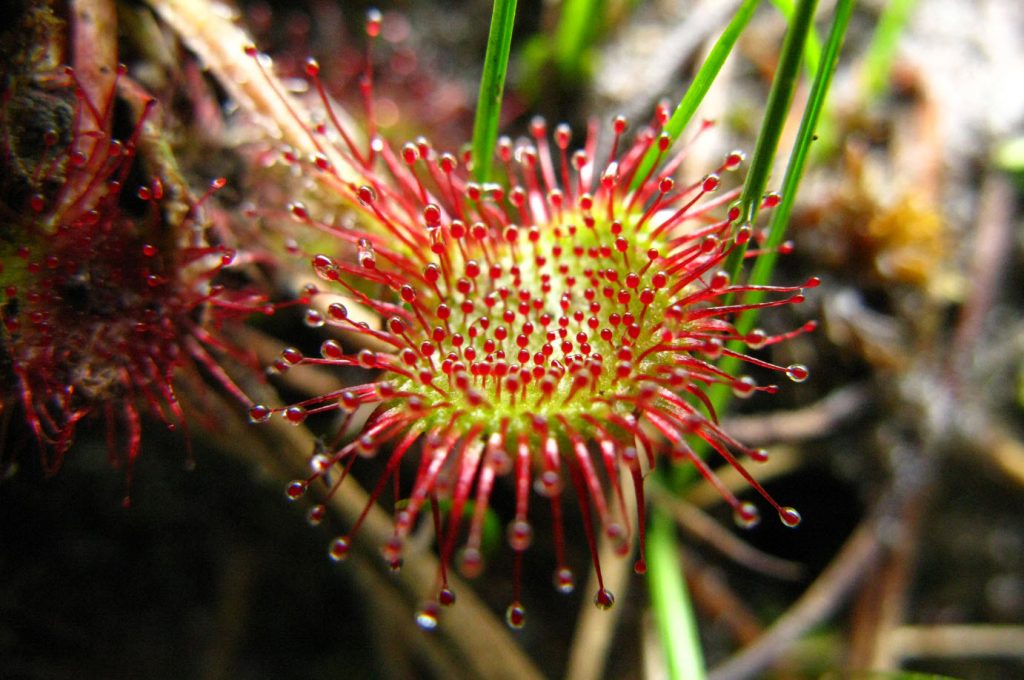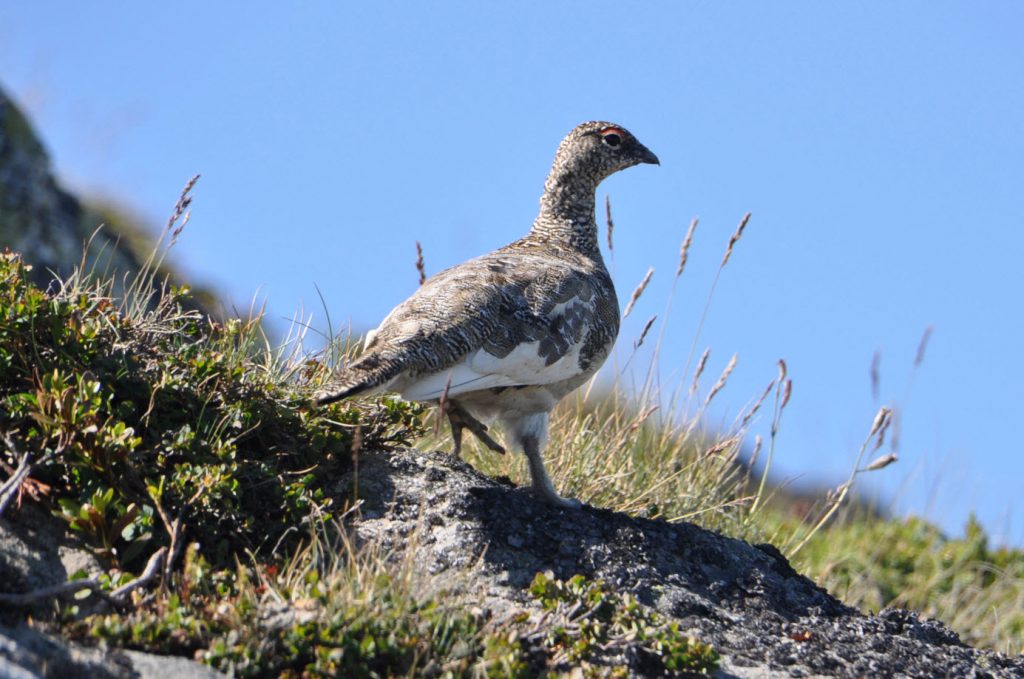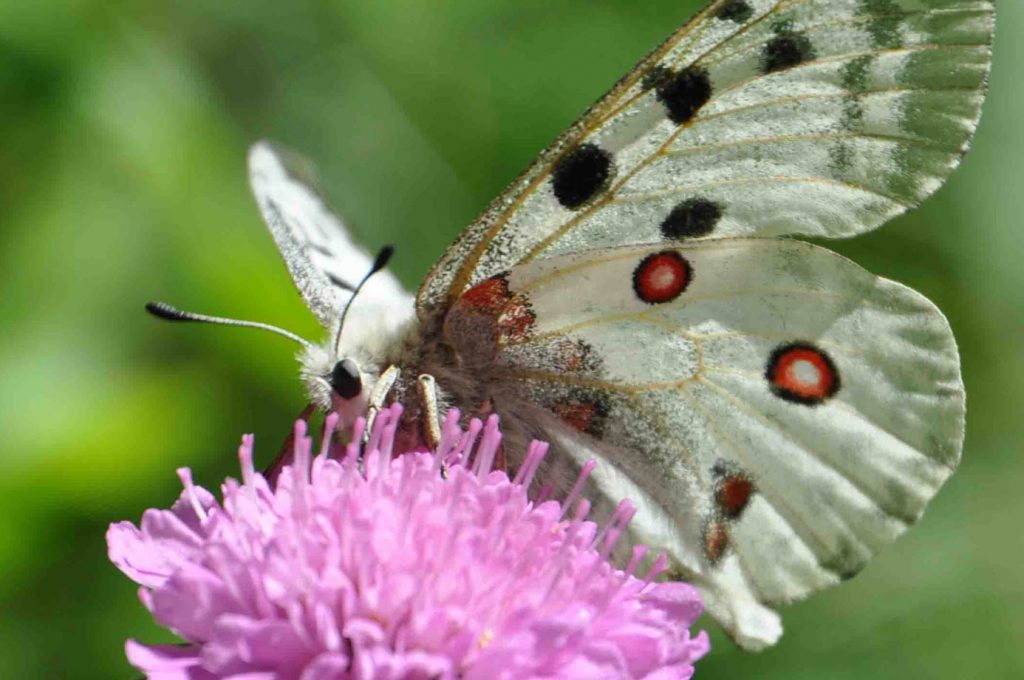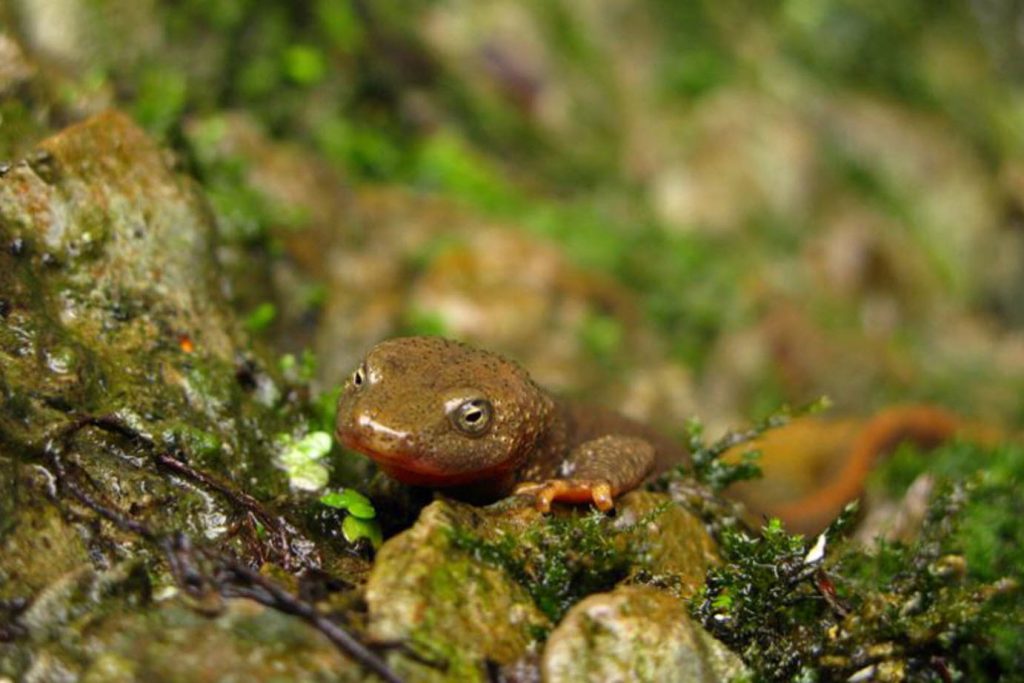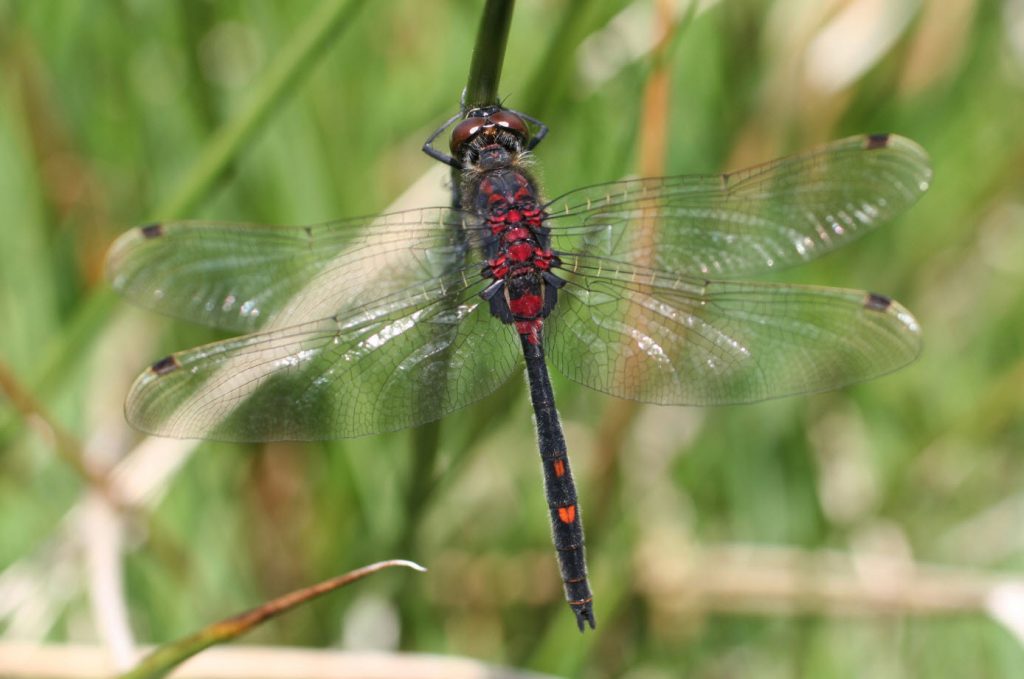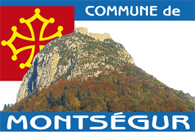A land of contrast
At the heart of the Massif of Tabe, the nature reserve of the Massif of Saint Barthélémy extends over 500 ha from the northern slope of the Soularac Peak (2368m), the highest peak of the North Pyrenean Mountains, to the town of Montségur
Visible from Toulouse to Carcassonne via the Black Mountains and also from the high peaks of Couserans, the twin peaks of Soularac and Saint-Barthélémy are the iconic belvedere of the Pyrenees Cathar. Well known to hikers, it offers a unique panorama of the Pyrenees, from the Mediterranean to over 3000m of the central Pyrenees.
The nature reserve is crossed by the fault line of Trimouns, an immense vein of Talc, which has created the biggest open-cast talc mine in the world. It is thus divided into two distinct geological sectors: in the West, the area of migmatites (“mixture” of granite and gneiss) and in the east that of dolomitic limestones (very old sedimentary rock).
The Pyrenees concentrated
The nature reserve has more than 1000m of altitude difference, from the mountain floor to the alpine level, its geographical and geological peculiarities are concentrated into 500 ha where there are an exceptional diversity of natural environments.
Clinging to the crests of Saint Barthélémy and Soularac, alpine lawns and bare heaths defy the mineral world of cliffs and scree. Taking their sources on the slopes of the Soularac Peak, the Lasset and Font Frède brooks cross over the successive glacial crevices to form ponds, lakes and peat bogs, jewels of the nature reserve. On the slopes, the Crochet Pine mixes with Callunes and Rhododendron moorland and with heaths of Genêt purgative (broom).
East of Soularac the reliefs softens, forming open valleys with rounded summits. The valleys of Pratmau and Mousquiès are occupied by a mosaic of mountain heaths and grasslands of “Nard”, whose floristic wealth is maintained by the centuries-old practice of cattle grazing. The nature reserve is bounded on the east by Sarrat de Caudeval. Here, water is scarce, only bare grasslands have adapted to the drought and altitude of this limestone mountain; a veritable paradise for flora and butterflies.
Contact :
Maison de la réserve
104 ter village
09300 MONTSEGUR
Phone: 05 61 65 44 82
Internet site of the RNF
www.reserves-naturelles.org/
For more information
www.ariegenature.fr/les-missions/rnr/
Program of activities
www.ariegenature.fr/activites/
Identity record
Fruit of the initiative and the will of the Community of Montségur, the natural reserve of the Massif of Saint-Barthélémy is the first natural reserve in the Ariège. The 13th regional reserve of Occitania, it joins the 350 natural reserves of France:
• Creation date: November 18, 2015
• Area: 500 00 ha
• Altitude: from 1300 m to 2368 m (Peak of Soularac)
• Managed by: Community of Montségur and the Association of Naturalists of the Ariège
Flora
More than 500 species of flowers, including 2 nationally protected species, the Androsace de Vandelli and the Round-leaved sundew and 1 species with regional protection, the broadleaf cottongrass.
Fauna
The 3 Pyrenean Galliformes (heavy-bodied ground-feeding wildfowl – Grand Tétras (Capercaillie), Perdrix grises des Pyrénées (Pyrenean Gray Partridge) and Lagopède alpin (Rock Ptarmigan)), the Bearded Vulture, the Golden Eagle, the Rock Monticole, the Desman of the Pyrenees, the Forest Cat, the Calotriton of the Pyrenees, the viviparous lizard, the Leucorrhine douteuse (a dragonfly of peat bogs) and many mountain butterflies such as the Apollo, and the Semi-Apollo.
Regulations
The nature reserve is a protected area subject to appropriate regulations, respecting the local context. This regulation is a necessary tool to sustainably preserve this exceptional territory. It is mostly about good sense and good citizenship.
